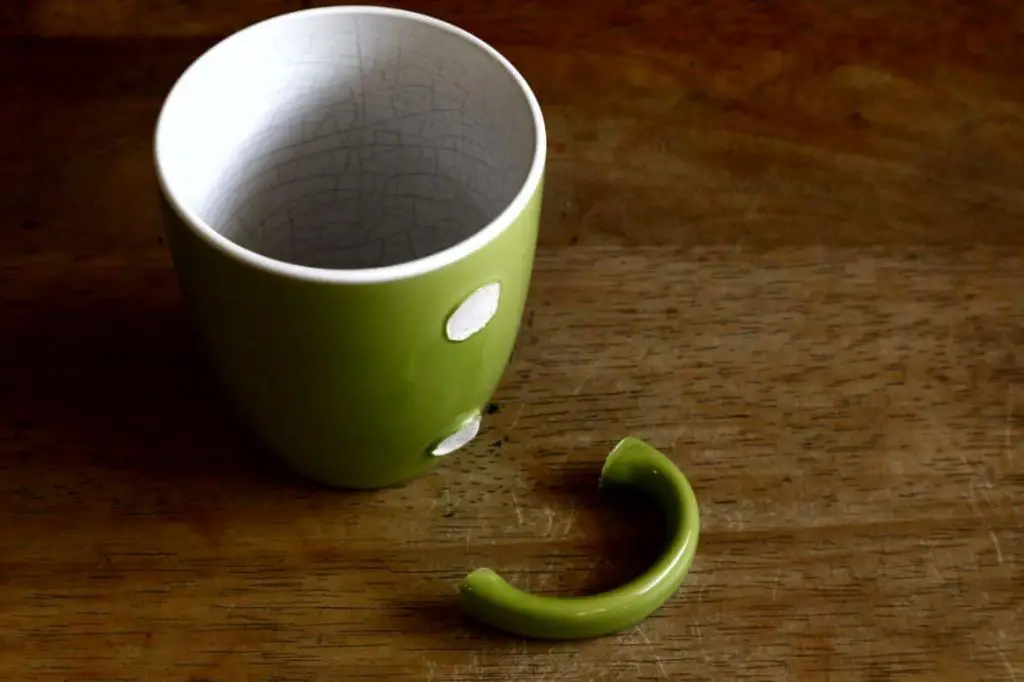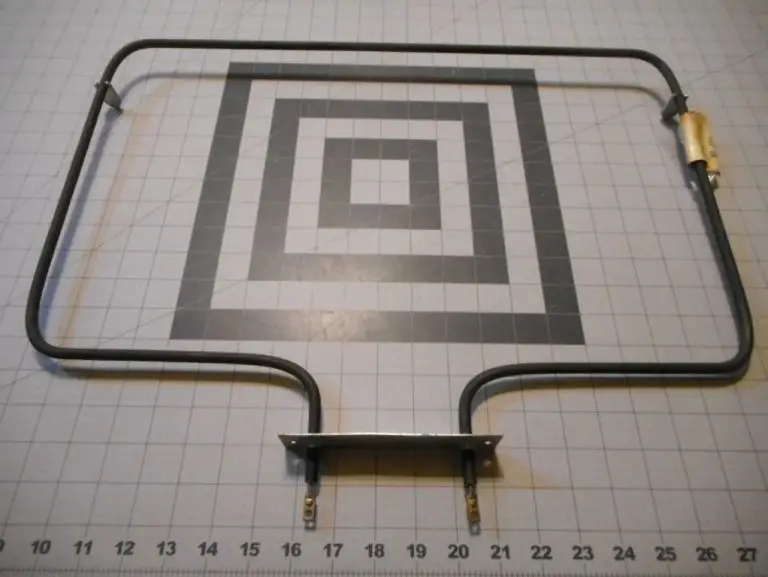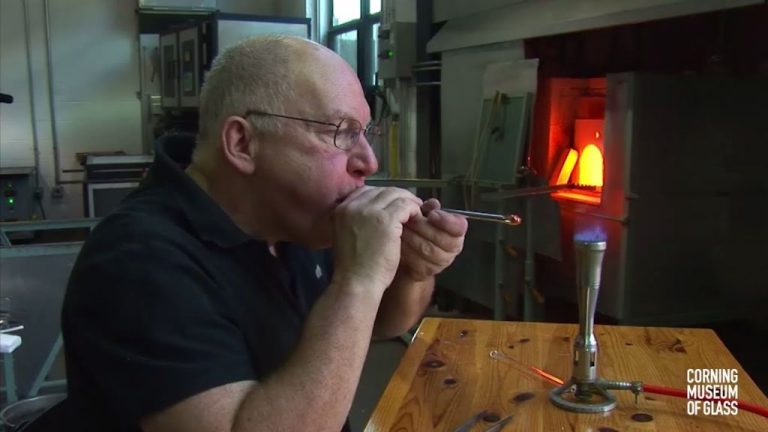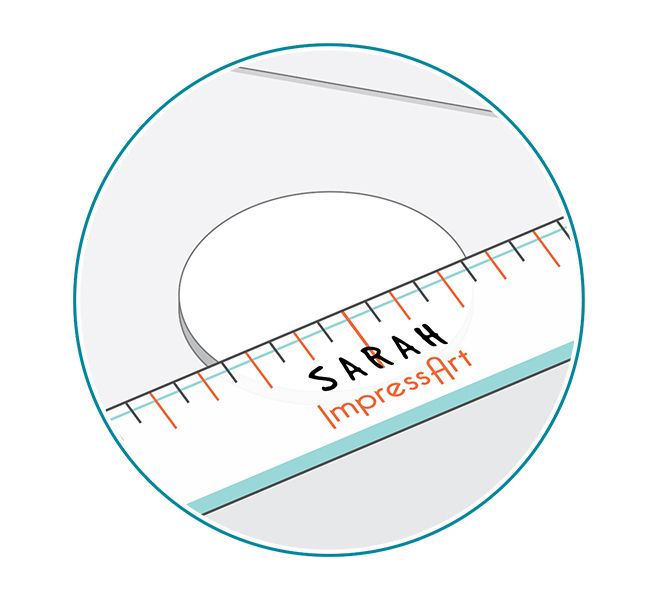What Is The Best Glue For Ceramic To Ceramic?
1. Introduction
Ceramic materials are inorganic, nonmetallic compounds made from clay and mineral powders. They are generally very hard, brittle, and heat resistant. Gluing ceramic can be challenging because ceramic is rigid, non-porous, and prone to cracking under stress. Finding the right ceramic glue requires selecting an adhesive that can bond securely, resist high temperatures, and allow for slight flexibility.
This article will discuss the properties of ceramic that make gluing difficult, outline the major types of ceramic adhesives, and provide application tips for choosing the best glue for ceramic projects. Whether you are repairing a ceramic mug or bonding ceramic tiles, proper adhesive selection and technique is crucial for a long-lasting bond.
Properties of Ceramic
Ceramics are known for their unique properties that set them apart from metals, polymers, and other materials. Some key properties of ceramic materials include:
Brittleness – Ceramics are hard but brittle, meaning they can fracture when subjected to stress. This brittleness comes from the strong ionic and covalent atomic bonds present in ceramic materials. The brittle nature of ceramics makes them prone to cracking and chipping (Structure and properties of ceramics).
Hardness – Most ceramics are very hard, with high hardness and stiffness. Their crystalline structure and strong atomic bonds result in high hardness and wear resistance, allowing ceramics to retain their shape and resist deformation under force (Ceramic property).
Heat and Chemical Resistance – The strong atomic bonds in ceramics also give them excellent thermal stability and resistance to chemicals. Ceramics can withstand very high temperatures and harsh chemical environments without degrading.
Challenges of Gluing Ceramic
Gluing ceramic presents some unique challenges that make achieving a strong, lasting bond difficult. According to this Quora thread, two main issues are the low surface energy of ceramic and differences in the coefficients of thermal expansion.
Ceramic has a very smooth, vitreous surface which does not allow glues to easily wet and adhere. The non-porous surface has low surface energy, making adhesion difficult. Traditional glues like wood glue have difficulty creating a strong bond with the ceramic material.
Additionally, ceramic and glue layers expand and contract at different rates as temperatures change. According to this LinkedIn article, the mismatch in coefficients of thermal expansion can lead to failure of the adhesive bond over time or when exposed to heat.
The ideal ceramic glue must overcome these challenges to wet the surface, adhere strongly, and withstand high temperatures over time.
Types of Ceramic Glue
There are several types of adhesives that can be used to glue ceramics together. The most common options include:
Epoxy
Epoxy is often considered the best choice for gluing ceramics and other materials like glass, metal and plastic. Epoxy forms a very strong bond and can withstand high temperatures. According to Mick Charles Models, epoxy adhesive for ceramics provides a rigid and durable repair while withstanding distortions from heat https://mickcharlesmodels.co.uk/what-is-the-best-glue-for-ceramics/. It comes in two parts that must be precisely mixed, but it sets slowly so there is time to align the ceramics.
Cyanoacrylate
Cyanoacrylate glue, more commonly known as “super glue”, bonds ceramics rapidly with a very strong hold. As noted by 911 Metallurgist, cyanoacrylate glue for ceramics creates quick repairs for items like ceramic mugs https://www.911metallurgist.com/blog/glues-for-ceramics. It requires little surface preparation but the ceramics must fit precisely since the cured glue has little flexibility.
Polyurethane
Polyurethane glues expand slightly as they cure, allowing them to fill small gaps between ceramic materials. The bond is rigid and resistant to weathering. Polyurethane ceramic adhesives typically require mixing two components together thoroughly before application.
Hot Melt
Hot melt adhesives are thermoplastic compounds that liquify when heated, bond rapidly upon cooling, and make relatively rigid bonds. They are simple to apply but the bond strength may deteriorate if exposed to high temperatures. Hot melt glues for ceramics can make quick repairs by heating the glue with a glue gun and applying to the ceramic surface.
Epoxy Ceramic Glue
Epoxy ceramic glue is made up of two parts – the resin and a hardener. When combined, the epoxy undergoes a chemical reaction that causes it to harden and form an extremely strong bond between ceramics (“Ceramic Epoxy.”).

Epoxy glues form rigid, durable bonds that can withstand high temperatures, vibrations, and shocks. They are ideal for bonding ceramic to ceramic because the rigid bonds help compensate for the brittleness of ceramic (911 Metallurgist).
Epoxy is excellent at filling gaps between ceramic pieces and creates a tight seal. It can be used for gluing, sealing, and even repairing cracks and chips in ceramic items. Epoxy ceramic glues are water resistant and do not become brittle over time.
Cyanoacrylate Ceramic Glue
Cyanoacrylate, commonly known as super glue, is a fast-setting adhesive that can be used to bond ceramic pieces together. Cyanoacrylate glues form strong bonds in just seconds by polymerizing when exposed to minute amounts of moisture on the ceramic surface [1].
Some key properties of cyanoacrylate glue for ceramic repair are:
- Extremely fast cure time, bonds set in under a minute
- Creates rigid, brittle bonds that can crack under stress
- Best for small repairs of items not subject to heat or washing
- Relatively affordable and readily available
Due to its quick setting time, cyanoacrylate glues like Loctite Super Glue are well-suited for minor ceramic repairs where holding time is limited and only a small bond area is needed. However, for more robust ceramic repairs, cyanoacrylate’s brittle bonds may not withstand repeated stresses or impacts over time.
Polyurethane Ceramic Glue
Polyurethane ceramic glues create flexible bonds making them a great option for gluing ceramic to uneven surfaces. The flexibility allows the bond to resist cracking or breaking as the materials expand and contract. Polyurethane can bridge gaps between imperfect surfaces. According to Mapei, their Keralastic polyurethane adhesive is ideal for ceramic tiles and stone material, forming weather-proof bonds over a wide temperature range (https://www.archiproducts.com/en/products/mapei/two-component-polyurethane-adhesive-for-ceramic-tiles-keralastic_8406). Liquid Nails LN-950 polyurethane adhesive provides a similarly strong and flexible bond well-suited to ceramics (https://www.liquidnails.com/products/polyurethane-adhesive-low-voc).
Hot Melt Ceramic Glue
Hot melt ceramic glue is a fast-setting adhesive that uses hot melt technology. It comes in solid form and is melted using a glue gun before application. Hot melt glues set very quickly, usually within 1 minute after application, making them ideal for time-sensitive repairs of ceramic items (TEC Bond). The rapid setting allows the pieces to be handled immediately after gluing.
While hot melt glues set extremely fast, making them convenient to use, they are not as strong as other ceramic glues. The bonds created by hot melt glue tend to be more temporary and brittle compared to epoxy or cyanoacrylate (super glue). Therefore, hot melt glues may not be the best long-term solution for ceramic repairs that require high strength. However, for minor ceramic repairs where quick set time is critical, hot melt glue can be an effective option (GlueGun).
Application Tips
Proper application is crucial for achieving a strong, long-lasting bond when gluing ceramic. Here are some key tips to follow:
Surface Preparation
Ensure all surfaces are clean, dry, and free of dust, oil, or grime. Lightly sanding or abrading the surfaces will help the glue achieve better mechanical adhesion. Wipe with acetone or alcohol right before gluing.
Clamping Time
Clamps, vices, or weights may be needed to hold the ceramic pieces together firmly as the glue cures. Consult the glue manufacturer’s instructions for recommended clamping time. For epoxy, clamping overnight is usually sufficient. Cyanoacrylate and hot melt glue achieve a quicker bond.
Curing Conditions
Proper temperature and humidity levels are key during curing. Ensure the ambient conditions match the glue manufacturer’s guidelines. Epoxy adhesives, for example, require minimum temperatures around 60-70°F to cure properly. Avoid excessively hot or cold temperatures or high humidity during curing.
Conclusion
Ceramics are notoriously difficult to bond due to their low surface energy and porous nature. However, with the right ceramic glue, strong and long-lasting repairs can be achieved. Of the ceramic glues discussed, epoxy adhesives tend to provide the strongest and most resilient bond for ceramics. The two-part mixing formulation allows the epoxy to fully cure and create superior adhesion. Epoxy ceramic glues can fill small gaps, cure at room temperature, and withstand heat and chemicals when fully cured.
For the best glue for ceramic to ceramic, a two-part epoxy is recommended. Opt for an epoxy designed specifically for ceramic and porcelain repair. Check that it can fill minor gaps, resists temperatures up to 250°F, and sets in about 6 hours. Carefully follow the mixing and application instructions. Maintain even clamping pressure as it cures. An epoxy ceramic adhesive provides the right balance of strength, resilience and ease of use to tackle the challenges of ceramic bonding.






